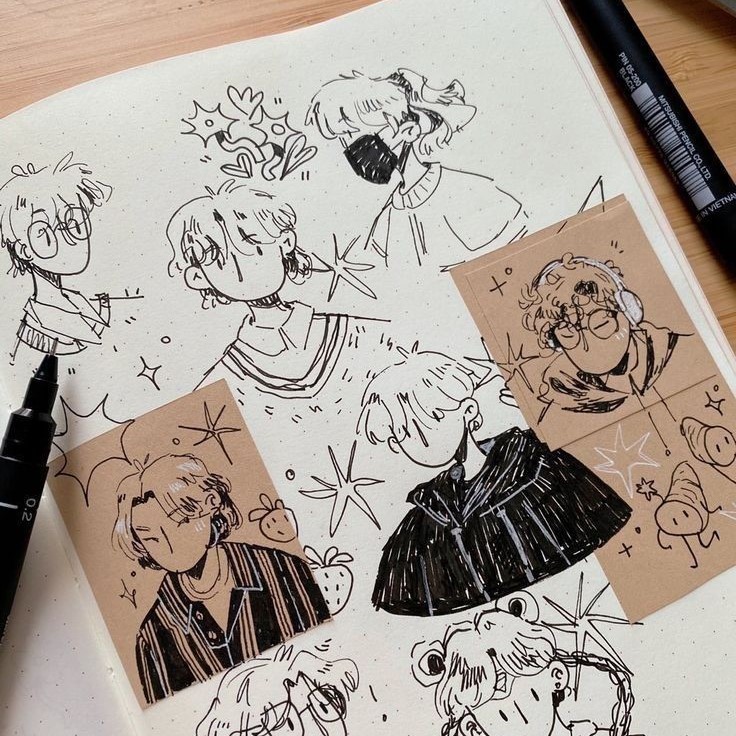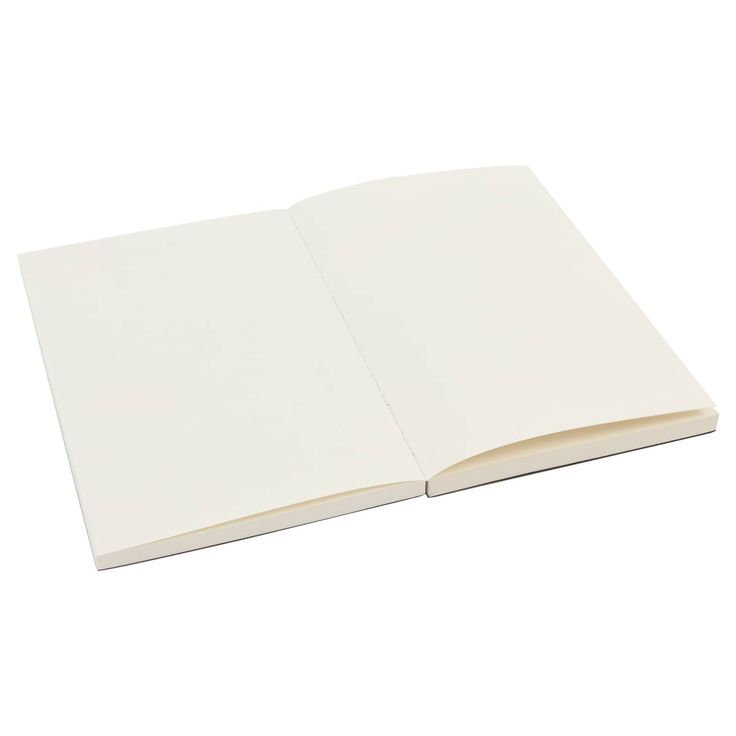Importance of Choosing the Right Sketch Paper
Choosing the right sketch paper can greatly influence your artwork. The paper you use determines how your tools behave. It impacts texture, shading, and the overall feel of your piece.
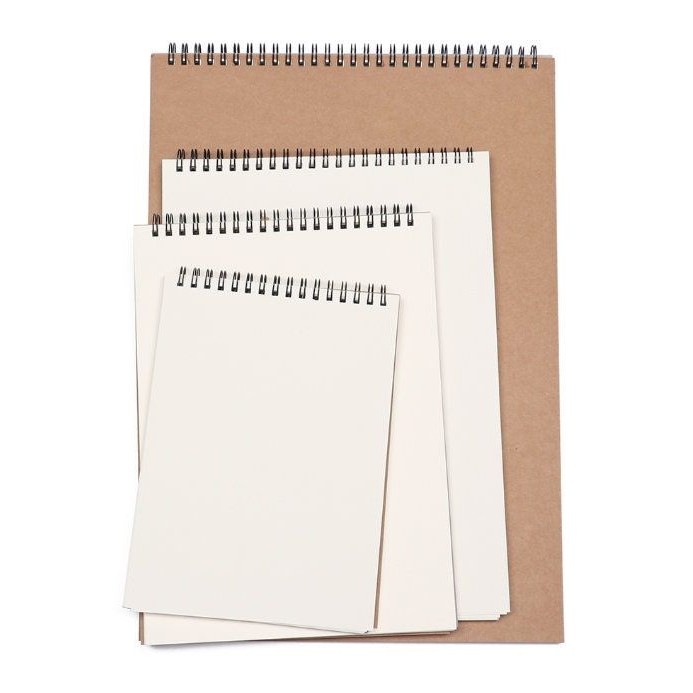
Sketch paper comes in different types and qualities. Not every paper suits every medium or style. Using the wrong paper can lead to smudging, tearing, or bleeding of colors. This can ruin your creative efforts.
Good sketch paper enhances your drawing experience. It helps you bring your artistic vision to life. Whether you work with pencils, charcoal, or markers, the right paper is essential. It ensures your tools perform optimally.
Investing time in choosing suitable paper improves your results. It boosts your confidence as an artist. The right paper not only supports your art but also preserves it for years to come.
In conclusion, picking the correct sketch paper is crucial. It defines the quality and durability of your work. Always prioritize understanding your needs before buying.
Different Types
Sketch paper comes in various types, each designed for specific artistic needs. Knowing the differences helps you choose better for your art style.
Regular Sketch Paper
This is the most common type. It is lightweight and suitable for quick sketches and practice. Artists often use it for pencil drawings and simple line work.
Newsprint Paper
Newsprint is inexpensive and thin. It’s ideal for practice sketches. However, it is not durable and can yellow over time.
Bristol Paper
Bristol paper is heavy and durable. It works great for ink, markers, and detailed illustrations. It comes in smooth and vellum surfaces to suit different tools.
Charcoal Paper
Charcoal paper typically has a heavy texture (tooth). This texture holds charcoal, pastels, and chalk well, making it a favorite for dry media artists.
Watercolor Paper
This is thicker and designed to absorb water without warping. It’s perfect for watercolors and gouache paintings. Artists often choose either cold-press or hot-press varieties, depending on the texture they need.
Mixed Media Paper
Mixed media paper is versatile. It handles both wet and dry media. It’s a great choice for artists who want flexibility.
Choosing the right type of sketch paper is essential. It ensures your tools perform well and your art stays vibrant.
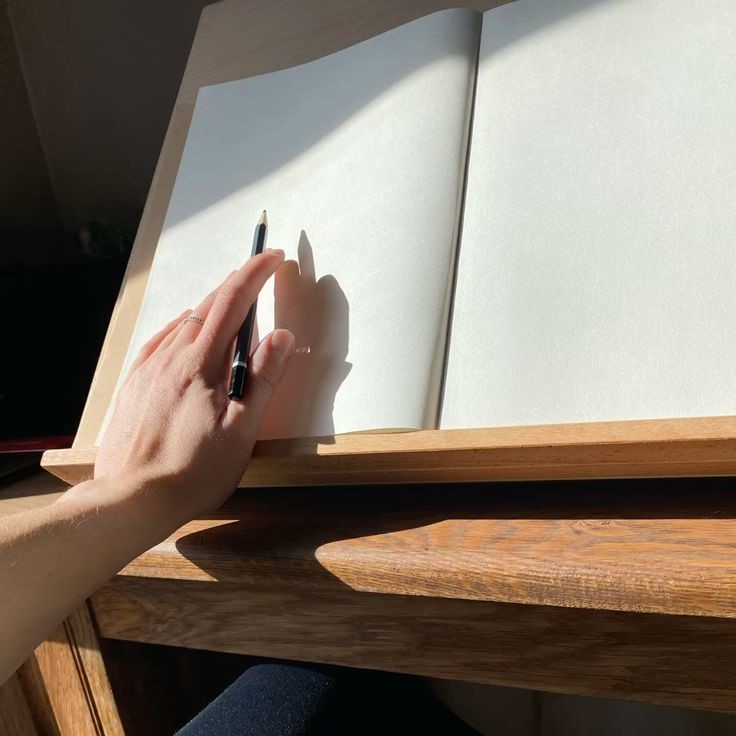
Factors to Consider When Selecting
Choosing the right sketch paper involves understanding key factors. These elements influence your art’s outcome and durability.
Weight and Thickness
Weight and thickness determine paper strength and usability. Heavier paper offers sturdiness and handles erasing better. It works well with wet mediums like ink or watercolor. Lightweight paper is ideal for sketches and practice. Paper weight is often measured in grams per square meter (gsm). Higher gsm indicates thicker paper, suitable for detailed or layered works. For multipurpose use, 100-150 gsm paper is versatile and reliable.
Surface Texture (Tooth)
The tooth refers to the paper’s surface texture. Rougher textures hold more medium, making them ideal for charcoal or pastels. Smooth papers suit fine details and ink work. Medium-texture provides balance, working well for both dry and wet media. Consider your preferred tools when choosing the texture. For example, pencil artists often prefer smooth or moderately rough surfaces.
Paper Color and Tone
Paper color can affect your artwork’s look. White paper provides vibrant color contrast and is universal for all mediums. Cream or toned paper adds warmth and unique effects, especially for highlights and shadows. Neutral tones work well with graphite, charcoal, and colored pencils. Select a tone that complements your art style and medium.
Understanding these factors helps you pick the best sketch paper. This ensures better results and enhances your creativity.
Best Sketch Papers for Drawing Mediums
Selecting the best sketch paper enhances the quality of your artwork. Different mediums require specific paper types to achieve optimal results. Below are the ideal papers for various drawing mediums.
Pencil and Charcoal
For pencil drawings, smooth or moderately textured paper works best. Bristol paper, with its durable surface, is ideal for detailed pencil work. Regular sketch paper is perfect for quick sketches and everyday practice.
Charcoal requires paper with a heavy tooth to grip the medium. Charcoal paper offers this texture and prevents smudging. Mixed media paper with texture also works well for charcoal and pastel projects.
Ink and Markers
Smooth, non-absorbent papers handle ink and markers effectively. Bristol paper provides a clean, smooth finish for ink illustrations. It prevents bleeding and smearing, ensuring crisp lines and vibrant colors.
For markers, marker paper is specifically designed to prevent ink from bleeding through. Mixed media paper can also handle markers, but test beforehand to ensure compatibility.
Watercolor and Mixed Media
Watercolor paper absorbs water without warping, making it perfect for watercolor paintings. Cold-press watercolor paper offers texture, while hot-press paper provides a smooth surface for detailed work.
Mixed media paper handles both wet and dry mediums. It is best for versatile artists who combine paints, inks, and pencils in their work. Ensure the paper is thick enough (around 200 gsm or higher) to prevent buckling with wet media.
Choosing the right paper for your medium improves output quality. It also ensures your tools perform as intended, helping bring your vision to life.
Comparing Sketch Pads vs. Individual Sheets
Choosing between sketch pads and individual sheets depends on your artistic needs and preferences. Each format offers unique advantages, making them suitable for different situations.
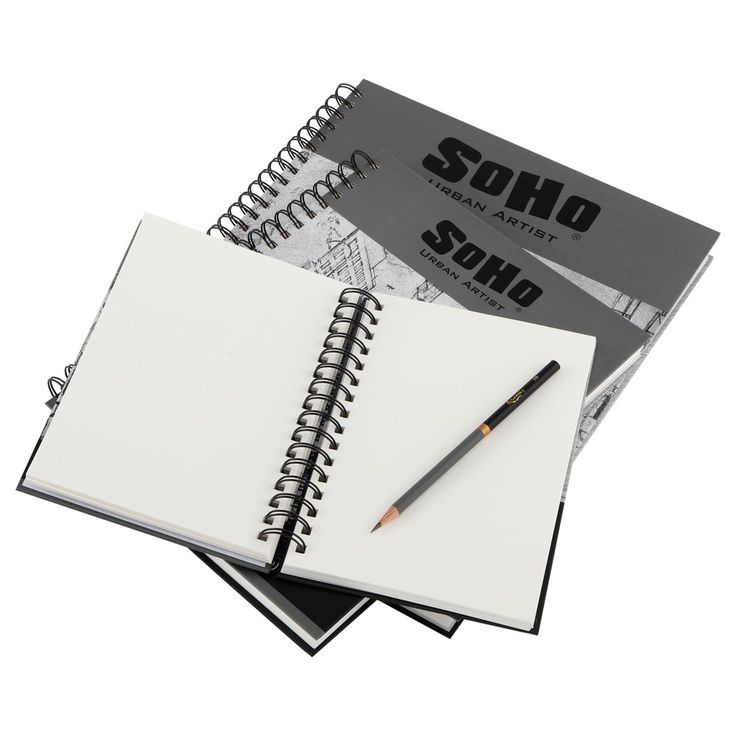
Benefits of Sketch Pads
Portability
- Lightweight Design: Sketch pads are generally designed to be lightweight, making them easy to carry around.
- On-the-Go Creativity: Whether you’re heading to a park, a coffee shop, or traveling, you can easily take your sketch pad with you and create art wherever inspiration strikes.
- Compact Size Options: Many sketch pads come in various sizes, from small handheld versions to larger formats, ensuring there’s a suitable option for every artist’s needs.
Convenience
- Centralized Organization: Sketch pads effectively keep all your artwork organized in one convenient location.
- No Loose Sheets: Unlike using individual sheets of paper, a sketch pad prevents the loss of artwork since everything is secured within the bound pages.
- Easier Review and Progress Tracking: With all your sketches in one place, it’s easy to flip through previous works, track your progress, and review your artistic development.
Durability
- Secure Binding: The pages in sketch pads are often bound together sturdily, which decreases the chances of losing individual sheets.
- Protection from Damage: This binding protects your artwork from being crumpled, torn, or otherwise damaged, ensuring that your creations remain intact over time.
- Long-Lasting Use: A durable sketch pad can withstand regular handling, making it suitable for both casual doodlings and serious artistic projects.
Variety
- Diverse Options Available: Sketch pads come in a wide range of sizes and paper types to cater to various artistic mediums and preferences.
- Specialized Paper Types: You can find sketch pads with different paper textures, such as smooth, textured, or watercolor paper, tailored for different techniques like drawing, sketching, or painting.
- Size Selection: From pocket-sized pads for quick sketches to larger ones for detailed work, the variety allows artists to choose the best fit for their specific projects or styles.
Benefits of Individual Sheets
Flexibility
- Variety of Paper Types: Having individual sheets provides you with the freedom to experiment with different paper types.
- Custom Experiments: You can easily try out techniques on various textures, weights, and finishes without committing to a whole pad or block.
- Tailored Experience: This flexibility encourages creativity, allowing artists and crafters to find the best paper for their specific project needs.
Custom Sizing
- Trim and Resize: Individual sheets can be easily trimmed or resized to fit your specific project requirements.
- Adaptability: This feature allows you to create custom dimensions for smaller or larger artworks, making it ideal for a range of artistic expressions.
- Waste Reduction: By adjusting sheet sizes, you can minimize waste and make full use of every piece of paper, optimizing your material usage.
Flat Work Surface
- Ideal for Detailed Work: Individual sheets lie flat, providing a stable surface for intricate projects.
- Prevention of Bumps and Warps: Flat sheets eliminate the issues of bumps or warping that can occur with thicker paper pads, making them more suitable for precise details.
- Convenient for Scanning: The flat nature of the sheets also makes them easy to scan or photograph without distortion, ensuring that the captured image accurately reflects your work.
Storage Options
- Separate Storage: Individual sheets can be stored separately, offering a unique advantage over traditional sketch pads.
- Space Efficiency: This approach avoids bulk, allowing for a more organized workspace where sheets can be stored in a folder or box without taking up unnecessary space.
- Easy Accessibility: Keeping sheets separate allows for quick and easy access to different paper types, making it convenient to select the right one for your current project.
Choosing the Best Option
- For Practice: Pads are great for learners due to their convenience.
- For Professional Work: Individual sheets offer versatility and better control for advanced projects.
Consider your tools, workspace, and project goals when deciding. Both formats have value in enhancing your creative workflow.
Budget-Friendly Options
Finding quality sketch paper on a budget is possible. Many affordable options still deliver great results. Let’s explore some economical choices without compromising your artwork.
Purchase in Bulk
Buying sketch paper in bulk often lowers costs. Consider getting packs or reams of regular sketch paper. Many brands offer discounts for larger quantities.
Use Student-Grade Paper
Student-grade paper is designed for affordability. It suits beginners and casual sketching. While not as durable, it works well for practice and quick drafts.
Try Newsprint Paper
Newsprint is one of the cheapest sketch paper types. It’s ideal for lightweight sketching or practice work. However, avoid using it for final pieces due to its lack of durability and potential yellowing.
Look for Sales and Coupons
Art supply stores often offer sales and discounts on sketch pads and paper. Watch for promotions or use coupons to save money. Online retailers also provide budget-friendly deals.
Use Mixed Media Pads for Versatility
Mixed media pads are cost-effective since they support multiple mediums. They eliminate the need to buy separate paper types. Choose smaller pads for even more savings.
Explore Recycled Paper Options
Recycled sketch paper is eco-friendly and affordable. Many brands produce recycled options that maintain quality while helping the environment.
Experiment with Off-Brands
Popular brands can be pricey. Try off-brand sketch paper for economical alternatives. Test a few options to find affordable yet good-quality papers.
Check Discount or Thrift Stores
Discount and thrift stores sometimes offer sketch pads at reduced prices. They are great sources for budget-friendly supplies.
By exploring these options, you can enjoy sketching without overspending. Quality art doesn’t always require expensive materials.
Tips for Maintaining and Storing Your Sketch Paper
Proper care ensures your sketch paper remains in good condition. Follow these tips for maintenance and storage:
Protect Your Paper from Moisture
- Keep your sketch paper in a dry environment to avoid damage.
- Use silica gel packs or dehumidifiers to minimize moisture exposure.
- Avoid storing paper near windows or damp areas.
Prevent Fading and Yellowing
- Store sketch paper away from direct sunlight to prevent discoloration.
- Use acid-free storage materials to preserve your paper’s quality over time.
- Avoid contact with adhesives or packaging that contains acidic compounds.
Use a Portfolio or Storage Box
- Invest in a sturdy portfolio or storage box for your loose sheets.
- Ensure the storage solution is large enough to prevent bending or curling.
- Label and organize your storage for easier access.
Keep Papers Flat
- Lay sketch paper flat to maintain its texture and surface.
- Avoid stacking heavy items on top of your paper.
Handle with Care
- Always touch sketch paper with clean, dry hands to prevent smudges.
- Use gloves when handling delicate or expensive paper.
Maintain Sketch Pads Properly
- Secure the binding of your sketch pad to prevent damage.
- Remove finished artwork carefully to avoid tearing.
By following these tips, you can make your sketch paper last longer. Proper storage ensures your art stays vibrant and intact.
Conclusion
Choosing the right sketch paper is an integral part of the artistic process. By understanding the different types, weights, textures, and costs associated with various papers, you can select the perfect option for your artistic needs. Whether you are drawing with colored pencils, charcoal, or ink, the right sketch paper can elevate your art and enhance your creative expression. As you embark on your artistic journey, remember that quality materials play a crucial role in achieving the best outcomes. With this knowledge in hand, you can confidently choose the perfect sketch paper for your projects and see your artistry flourish!
